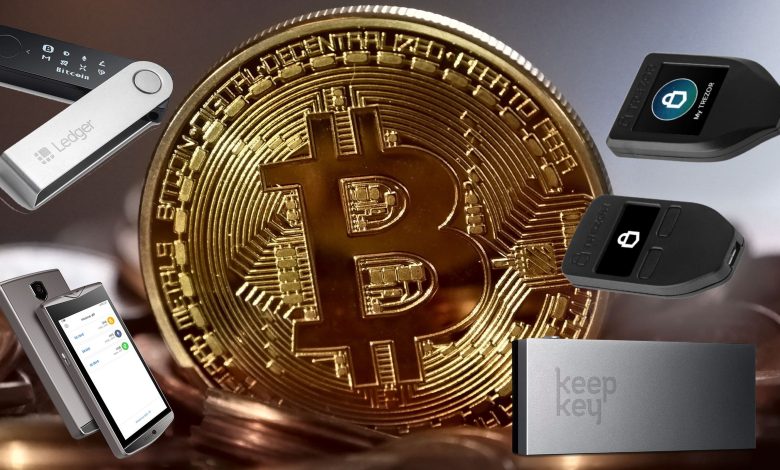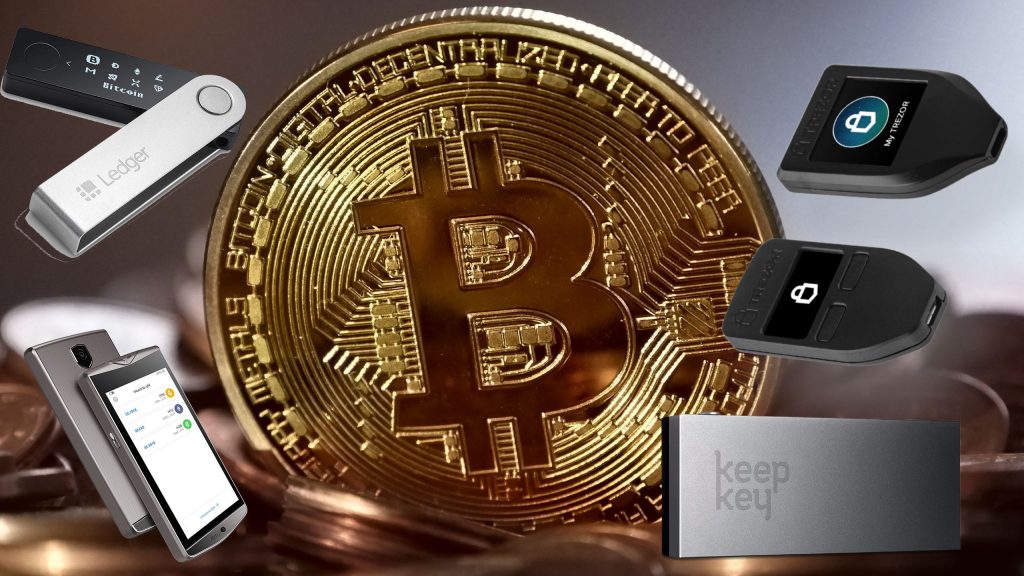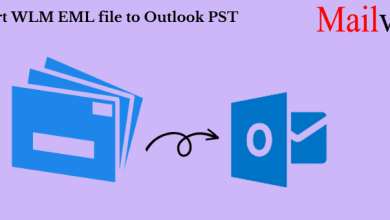What Is Hardware Wallets and How to Use

Cryptocurrencies have become a significant part of the global financial landscape, and as the value of digital assets continues to rise, ensuring their security has never been more critical. Enter hardware wallets, the gold standard for safeguarding your cryptocurrency investments. In this guide, we’ll delve into what hardware wallets are and provide a step-by-step tutorial on how to use them to protect your digital wealth. Use our exclusive store Safepal Discount Code to get extra bucks on your shopping.
1. What is a Hardware Wallet?
- Definition: A hardware wallet is a physical device that stores the private keys necessary to access and manage your cryptocurrency holdings securely. It is offline, ensuring that your assets are safe from online threats like hacking and phishing.
- Security Advantages: Hardware wallets are one of the most secure methods for storing cryptocurrencies. They provide an extra layer of protection, making it almost impossible for hackers to access your assets.
- Common Brands: Some popular hardware wallet brands include Ledger, Trezor, and KeepKey, each offering a range of models and features.
2. Setting Up Your Hardware Wallet
- Purchase a Hardware Wallet: Start by selecting a reputable hardware wallet brand and model that suits your needs. Purchase your device from official sources to avoid potential tampering.
- Unboxing: Once you have your hardware wallet, unbox it carefully, and inspect for any signs of tampering. It’s crucial to ensure the device is pristine.
- Connect to a Computer: Connect your hardware wallet to a computer or mobile device using a USB cable. Some newer models may connect via Bluetooth or use a USB-C connection.
- Initial Configuration: Follow the manufacturer’s setup instructions, which typically include creating a secure PIN code, writing down a recovery seed (a series of words that serve as a backup), and setting a unique device name.
3. Securing Your Recovery Seed
- Importance of the Recovery Seed: The recovery seed is one of the most critical elements of your hardware wallet. It is your backup plan in case your device is lost or damaged. Store it in a safe place and never share it with anyone.
- Write It Down: Use the provided card or booklet to write down your recovery seed. Do not store this information electronically, as it could be compromised in a digital breach.
- Keep It Offline: Store the recovery seed in a physically secure location, such as a safe or a bank’s safety deposit box. The key is to ensure it is safe from theft, fire, and water damage.

4. Transferring Cryptocurrency to Your Hardware Wallet
- Choosing Supported Cryptocurrencies: Check which cryptocurrencies your hardware wallet supports. Most leading brands support a wide range of digital assets, including Bitcoin, Ethereum, Litecoin, and more.
- Accessing Wallet Addresses: To receive cryptocurrency, you’ll need to generate a wallet address on your hardware wallet. Connect it to the appropriate software wallet or cryptocurrency exchange to transfer your digital assets securely.
- Making a Transfer: When using your hardware wallet with a software wallet or exchange, initiate the transfer as you would with any other cryptocurrency transaction. Verify the transaction details on your hardware wallet’s screen to ensure accuracy.
5. Making Secure Transactions
- Confirming Transactions: Each time you wish to send cryptocurrency, the hardware wallet will prompt you to confirm the transaction on its screen. This additional layer of security ensures that only the authorized user can send funds.
- PIN Authentication: Enter your PIN code on the hardware wallet to verify your identity and authorize the transaction. Always keep your PIN code secret.
- Double-Check Addresses: Be vigilant about the recipient’s wallet address. Verify it on both the hardware wallet screen and the software wallet or exchange interface to prevent any errors.
6. Checking Your Portfolio
- Checking Balances: You can use your hardware wallet to check the balances of your stored cryptocurrencies. It provides a quick and secure way to monitor your investments.
- No Internet Required: The beauty of hardware wallets is that they work offline, so you can check your balances without connecting to the internet, reducing the risk of exposure to online threats.
7. Upgrading and Maintenance
- Firmware Updates: Manufacturers periodically release firmware updates to improve the security and functionality of hardware wallets. Always keep your device’s firmware up to date by following the manufacturer’s instructions.
- Regular Backups: Regularly back up your hardware wallet by saving the recovery seed and any important wallet information. This ensures you can recover your funds in case of loss or damage.
8. Ensuring Safe Storage
- Protect from Physical Harm: Keep your hardware wallet safe from physical damage by storing it in a protective case or box.
- Avoid Extremes: Avoid exposing your hardware wallet to extreme temperatures, as this can damage the device.
- Keep It Private: Always keep your hardware wallet and recovery seed confidential. Never share your PIN, recovery seed, or wallet information with anyone.
9. Recovering Your Wallet
- In Case of Loss: If your hardware wallet is lost or damaged, you can recover your assets using the recovery seed. Follow the manufacturer’s instructions to restore your wallet on a new device.
- Security Reminder: Ensure that you are in a secure and private location when performing wallet recovery to avoid prying eyes.
10. Additional Security Measures
- Enable Passphrases: Some hardware wallets offer the option to use a passphrase in addition to your PIN and recovery seed for added security. This acts as an extra layer of protection in case your recovery seed is compromising.
- Multi-Signature Wallets: Consider using multi-signature wallets, which require multiple devices or keys to authorize transactions. This provides an extra layer of security, especially for larger cryptocurrency holdings.
ScoopCoupons understands the significance of crypto security, and it strives to make this crucial investment more affordable for you. By partnering with Safepal, ScoopCoupons has secured an exclusive Safepal Coupon Code that unlocks a generous 30% discount on Safepal crypto hardware wallets.
conclusion
In conclusion, hardware wallets are a secure and convenient way to protect your cryptocurrency investments. By following these steps, you can set up and use your hardware wallet with confidence, knowing that your digital assets are safe from online threats. Remember that proper storage and privacy practices are essential to ensuring the safety and security of your hardware wallet and, by extension, your valuable cryptocurrencies.



